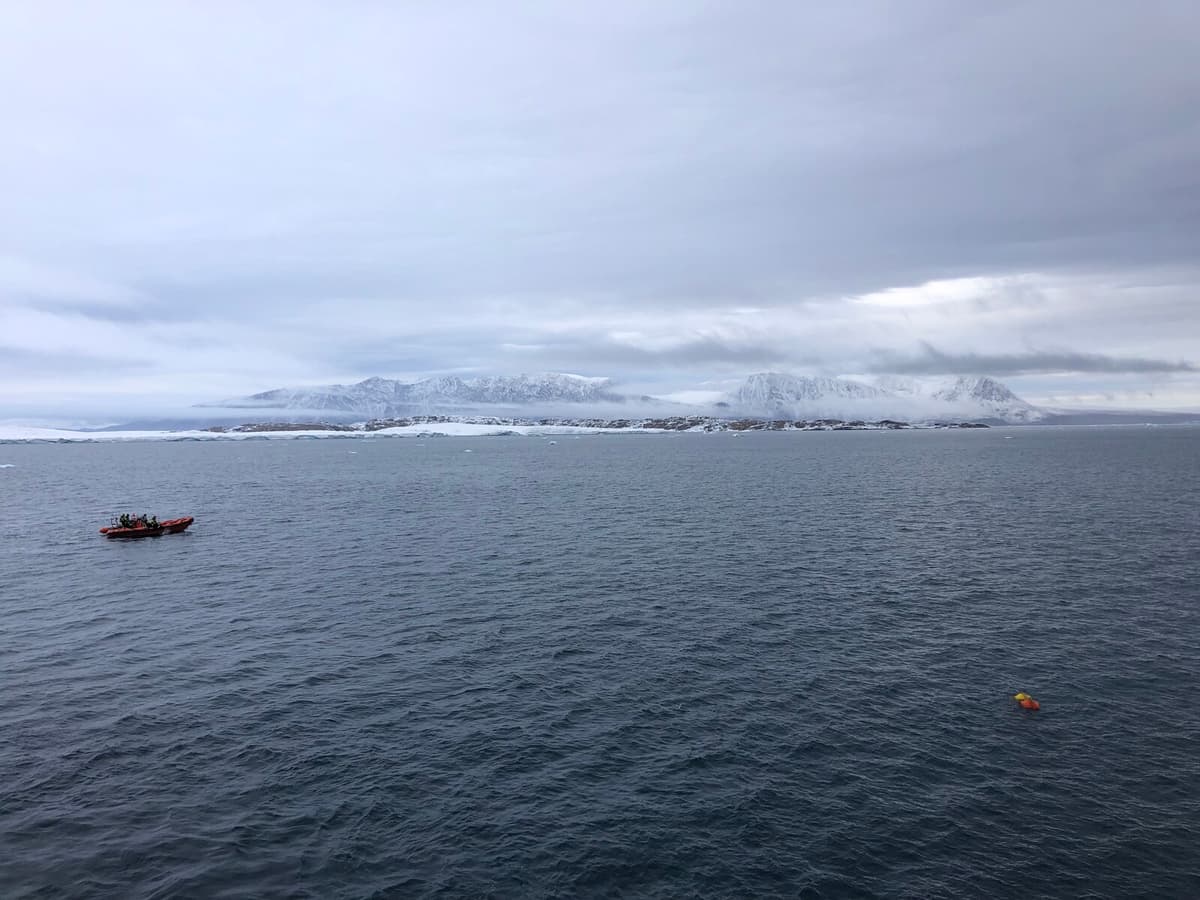On northeastern Greenland, there are two enormous ice flows that transport ice from the mainland to the coast. These are Zachariæ Isstrøm and Nioghalvfjerdsbræ, also known as 79NG.
However, researchers have noted significant differences between the glaciers. Zachariæ's ice tongue, the part that sticks out over the sea, collapsed completely in 2012.
It was very dramatic. But 79NG has managed to maintain its ice tongue, so clearly something has happened there, says oceanologist Rebecca McPherson at the German Alfred Wegener Institute.
So why did one glacier melt so drastically – while its neighbor fared much better? To find the answer, McPherson and her colleagues looked at what was happening in Europe.
Forcing down cold air
Between 2018 and 2021, so-called atmospheric blockings occurred over Europe. This means that a high-pressure system locks itself over parts of the continent, preventing low-pressure systems from coming that way.
When this happens, it forces more and colder air from the Arctic, which leads to a decrease in sea temperature. But it also slows down the inflow of warm water from the Fram Strait between Greenland and Svalbard.
When the colder water flowed under 79NG's ice, it reduced the melting.
Ongoing problems
Four years is not much in a glacier's life, which is normally measured over decades. In the long run, the ocean will warm due to climate change, and 79NG is expected to continue melting and contribute to sea-level rise and risk changing ocean currents.
We still see this significant long-term warming trend in the West Spitsbergen Current, which has warmed almost a whole degree over the past 25 years, says McPherson.
Gunilla Svensson, professor of meteorology at Stockholm University, thinks it's interesting that the study shows the connection between the atmosphere, the ocean, and the glaciers.
The hope is that the study will lead to better predictions for glacier melting.
We need more observations to understand how these processes work, so that we can improve our models to really understand how the systems are connected and how they can change in the future, she says.
Gustav Sjöholm/TT
Facts: The ice on Greenland
TT
Over the past decades, the ice on Greenland has decreased due to a warmer climate and warming of the ocean. The melting ice is so extensive that it contributes to rising sea levels.
The two largest glaciers on northeastern Greenland are Zachariæ Isstrøm and Nioghalvfjerdsfjorden (79NG).
Researchers have studied 79NG and the surrounding water between 2018 and 2021, where they see a connection between colder sea water, reduced melting, and atmospheric blockings over Europe.
The study is published in the journal Science.





